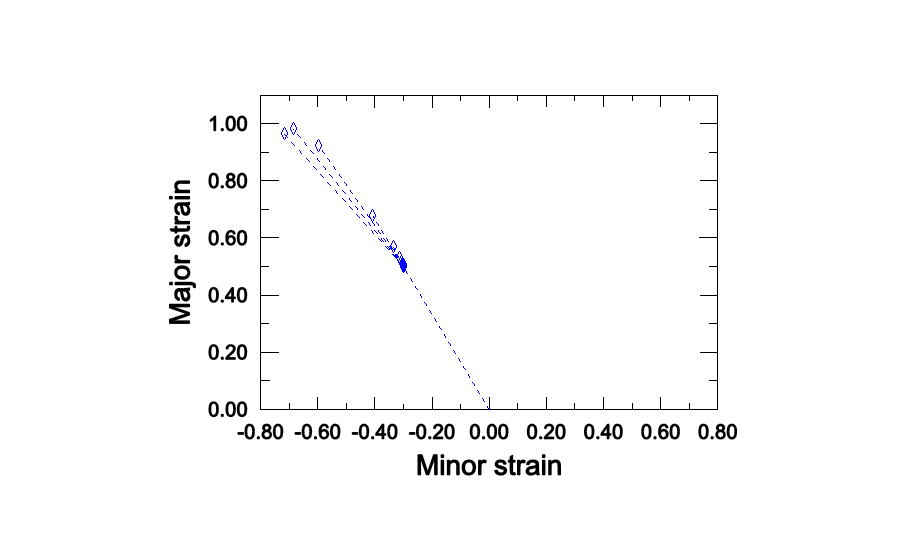

ABAQUS 6.14 software is adopted to establish the three-dimensional finite. Hence in this section, the interfacial traction-separation relations implemented in FVDAM and Abaqus will be illustrated in great detail by tracking the interfacial separation process during simulations.
DAMAGE EVOLUTION ABAQUS 6.14 MANUAL
This is an elasto-plastic model with isotropic hardening and no damage, implemented in a VUMAT explicit dynamic user material subroutine. The explicit mathematical formula in the Abaqus 6.14 manual for the cohesive relation is not amenable for direct comparison with the CZM equations implemented into the FVDAM framework. The element is loaded under load control in pure shear. Finally, comparisons of the predicted fracture load with data from physical tests are presented for a load case of the steering knuckle, which introduces complex stress states. Especially, there is no clear explanation on the damage evolution law of. This is a single FE, 1st order 8-node brick with reduced integration, C3D8R from Abaqus element library. FE simulations were conducted to calculate all the stress states, Lode angles and strain components at the point of fracture initiation. Experiments provided the load-displacement response and the location of fracture initiation.

The failure envelopes for the material were developed utilizing the test data and finite element (FE) simulations of the corresponding test specimens. The limitations of ABAQUSs Hashin based damage and failure model for.

The data for the lower triaxiality were generated from thin-walled tube specimens subjected to torsional loading and compression tests on cylindrical specimens. Figure 3.6: Damage evolution for fibre-reinforced composites. Failure data for the higher stress triaxiality were obtained from tension tests conducted on thin flat specimens, wide flat specimens and axisymmetric specimens with varying notch radii. Ductile fracture testing for various coupon geometries was conducted to simulate a wide range of stress states. ABSTRACT Characterization of the plastic and ductile fracture behavior of a ferrous casting commonly used for the steering knuckle of an automotive suspension system is presented in this work.


 0 kommentar(er)
0 kommentar(er)
